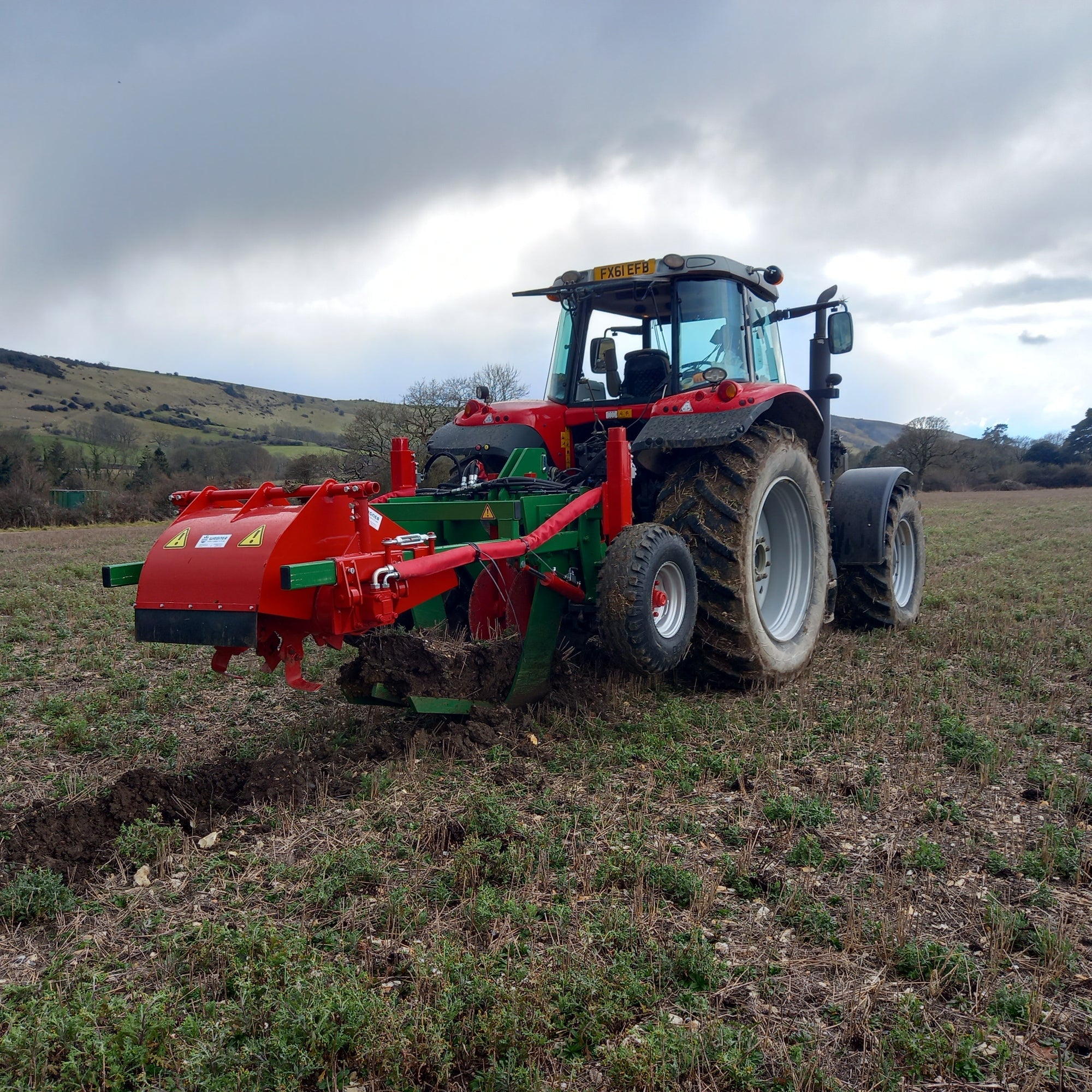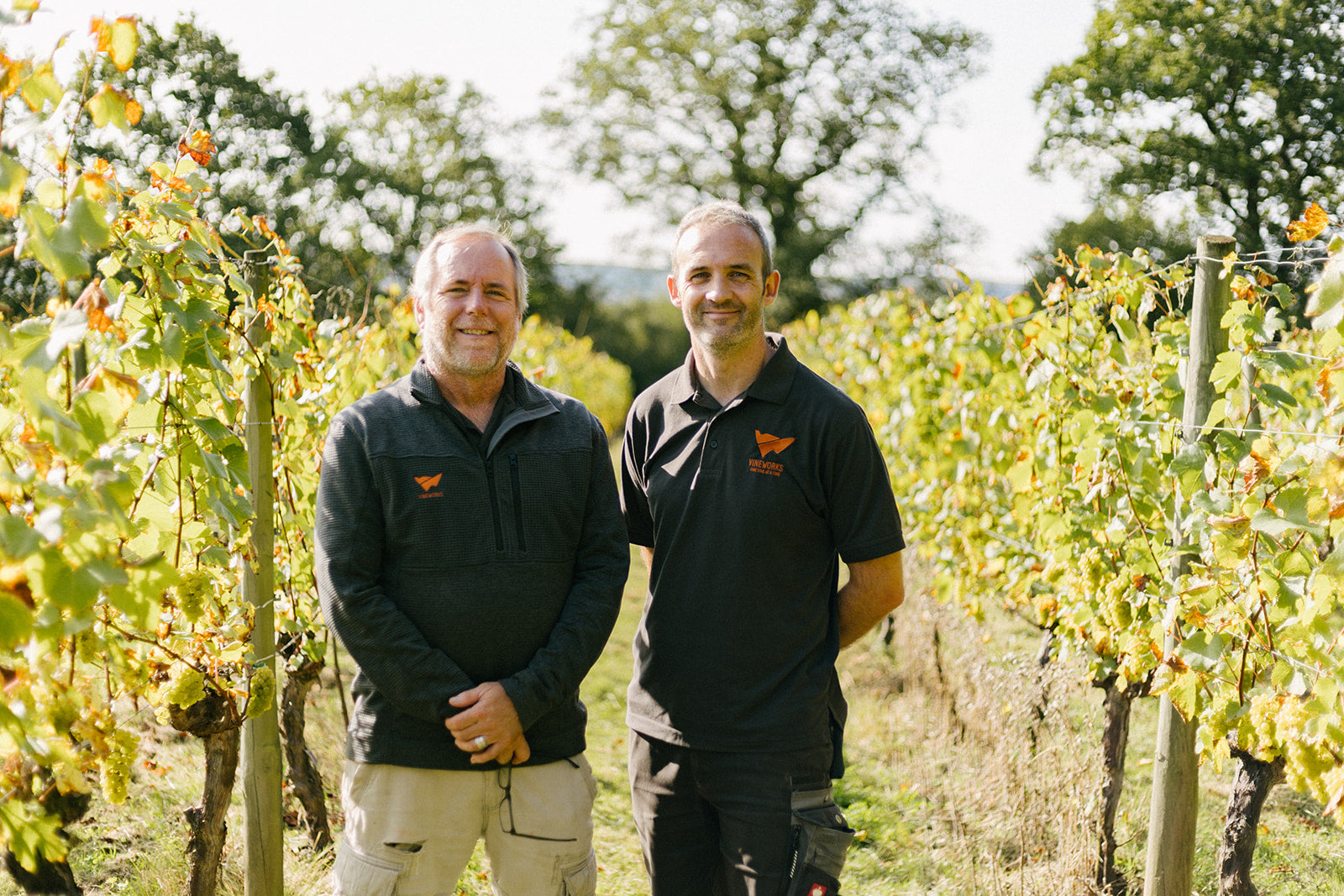

Growing Grapes for Still Red Wine in the UK: A Practical Guide
The UK is now a world class wine-producing region, particularly for cool-climate viticulture. While traditionally known for sparkling wines and increasingly still white wine production, red wine production is on the rise, especially in the warmer southern regions. Successful red wine grape growing in the UK demands strategic varietal selection, precise vineyard management, and careful harvesting. Here’s a focused guide on how to grow grapes for red wine production in the UK climate.
Best Varieties for UK Red Wine
When deciding which variety is right for your vineyard, there are a few important things to think about. How well the variety suits your soil, climate and growing conditions is key, as is its resistance to common diseases. It’s also worth considering how reliably it can ripen within the UK’s shorter growing season. And of course, think about who will buy the wine – marketability can make a real difference to the success of your vineyard in the long run.
Choosing the right grape variety is crucial for achieving quality red wine in the UK’s cool and variable climate. Both traditional vinifera and modern hybrids show promise:
Traditional Varieties
-
Pinot Noir: This classic red variety, particularly the Dijon and Burgundy clones, is a standout in the UK owing to its ability to ripen in cooler conditions. Its delicate balance of acidity and red fruit character makes it ideal for still red wine as well as sparkling. The varietal also enjoys consistent popularity among consumers, valued for its finesse, complexity, and broad appeal.
-
Fruhburgunder / Pinot Noir Précoce: This early-ripening mutation of Pinot Noir ripens reliably in the UK, offering fruit-forward wines with less hangtime pressure.
- Meunier: Though more commonly associated with sparkling production, some clones are now being successfully vinified as still reds, delivering soft, fruit-driven wines with good structure.
Hybrid and PWI Varietals
- Rondo, Regent, Divico, and Cabaret Noir: These varieties offer better disease resistance and earlier ripening - important traits in the UK. They produce deeper-coloured wines with robust tannins and are increasingly planted for reliable red wine production, particularly in marginal areas.
Canopy Management: Maximising Ripeness and Quality
Cool climates often struggle to ripen red varieties for still production fully. Canopy management is essential to ensure grapes reach optimal levels of sugar, colour, and phenolic ripeness.
Yield Moderation
To concentrate flavour and ripen skins and sugars effectively:
- Implement fruit dropping early in the season. Fruit dropping can help concentrate the vine’s energy into fewer grapes, leading to improved sugar levels, richer juice, greater flavour, and overall better grape quality.
- Remove neck bunches, which are typically less ripe and can dilute the quality of the must.
Leaf Stripping
-
Strategically remove leaves around the fruit zone to expose clusters to sunlight, promoting colour development and increasing tannin and anthocyanin levels.
- Improved sunlight penetration and airflow reduce disease risk - particularly botrytis - allowing for a longer hangtime and better ripening.
Netting
- Use bird and pest netting during late summer and autumn to protect ripening fruit, especially in high-risk areas. This allows grapes to remain on the vine longer, essential for full flavour and phenolic development.
Harvest: Precision and Care
In the UK’s climate, the harvest window can be tight and unpredictable. Careful timing and method are vital:
-
Harvesting by hand is preferred for red wine grapes. This maintains whole bunch integrity and allows the winemaker to control maceration based on the condition of the fruit and desired wine style.
- Hand-harvesting also enables selective picking, removing underripe or damaged bunches before they reach the winery.
Last thoughts
Producing red wine in the UK is both challenging and rewarding. With careful variety selection - balancing tradition and innovation - along with thoughtful vineyard management and harvest techniques, it is entirely possible to craft high-quality fruit for still red wines. As climate change and viticultural advances continue to reshape the UK's wine landscape, the future of red wine from UK vineyards looks increasingly promising and the viticulturists at VineWorks are there to support you, one vine at a time.



